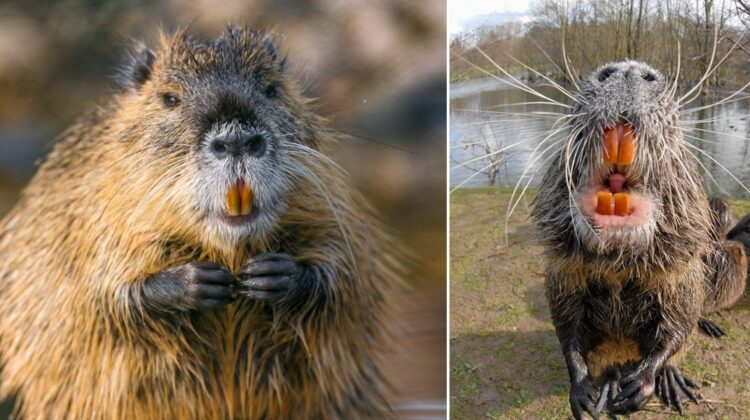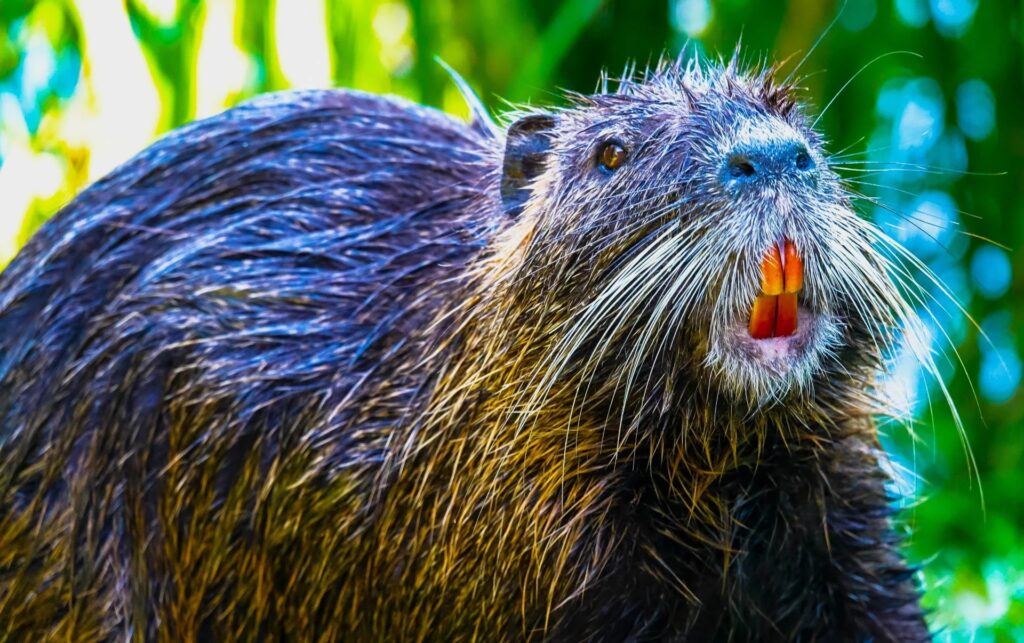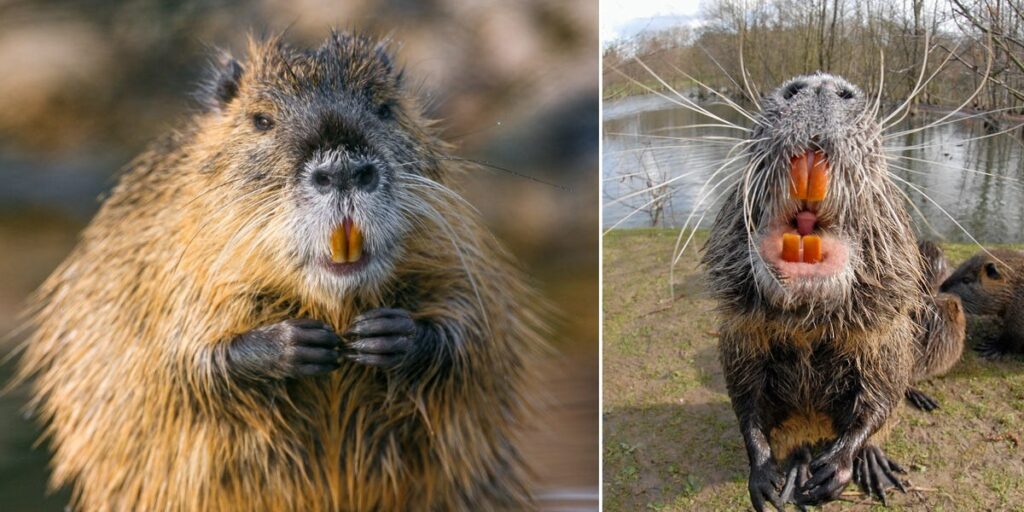
A peculiar invader has made its mark across multiple U.S. states, and it’s not your typical trespasser. Meet the nutria, a 20-pound, orange-toothed rodent native to South America that has rapidly become a cause for concern in various regions, prompting urgent action.
Introduced to the United States in 1889 for its fur, the nutria has found a thriving niche, particularly in wetland habitats. Weighing in at around 11-22 pounds, these semi-aquatic rodents may appear charming from a distance, but their voracious appetite—consuming up to a quarter of their body weight daily—poses a significant threat to local ecosystems.

The problem intensifies as nutria lack natural predators in the U.S. and reproduce year-round. A single female nutria can give birth to up to 200 offspring in a short lifespan, contributing to the rapid multiplication of populations. This reproductive prowess, coupled with the rodents’ destructive feeding habits, has led to a widespread invasion in states like Louisiana, where the issue has escalated to unprecedented levels.
Nutria’s preferred habitat includes marshes, swamps, and bayous. However, when left unchecked, they strip these areas of crucial marsh plants, disrupting the delicate balance of the ecosystem. Wetlands, essential for water purification, flood protection, and habitat support for numerous species, suffer severe consequences due to nutria infestations.
Addressing this rodent explosion requires innovative strategies. Maryland’s success story, involving a 20-year, $30 million effort to eradicate 14,000 nutria, serves as an inspiration. Their comprehensive approach, incorporating grid searches and radio tagging, is now being adopted by other afflicted states, such as California.

In the face of the nutria invasion, lawmakers are taking bold steps. Representative Josh Harder of California, displaying a taxidermied nutria during a committee hearing, emphasized the urgency of action against these “swamp rats.” He urged swift intervention before waterways are entirely infiltrated, emphasizing the unforeseen challenges posed by waking up to these creatures with their distinctive “nacho cheese” teeth.
Louisiana, bearing the brunt of the nutria onslaught, has implemented a $6 bounty per rodent, encouraging residents to actively participate in control efforts. The state promotes not only extermination but also consumption, as nutria reportedly tastes similar to wild rabbit. Local chefs are exploring creative ways to incorporate nutria into their cuisine, echoing successful strategies used against other invasive species.

The battle against the nutria invasion underscores the delicate balance between human intervention and ecological preservation. As states grapple with this unconventional threat, the resilience and adaptability of local ecosystems hang in the balance. The nutria challenge serves as a stark reminder of the importance of swift and decisive action to protect the intricate web of life that depends on the health of our wetlands.

Leave a Reply